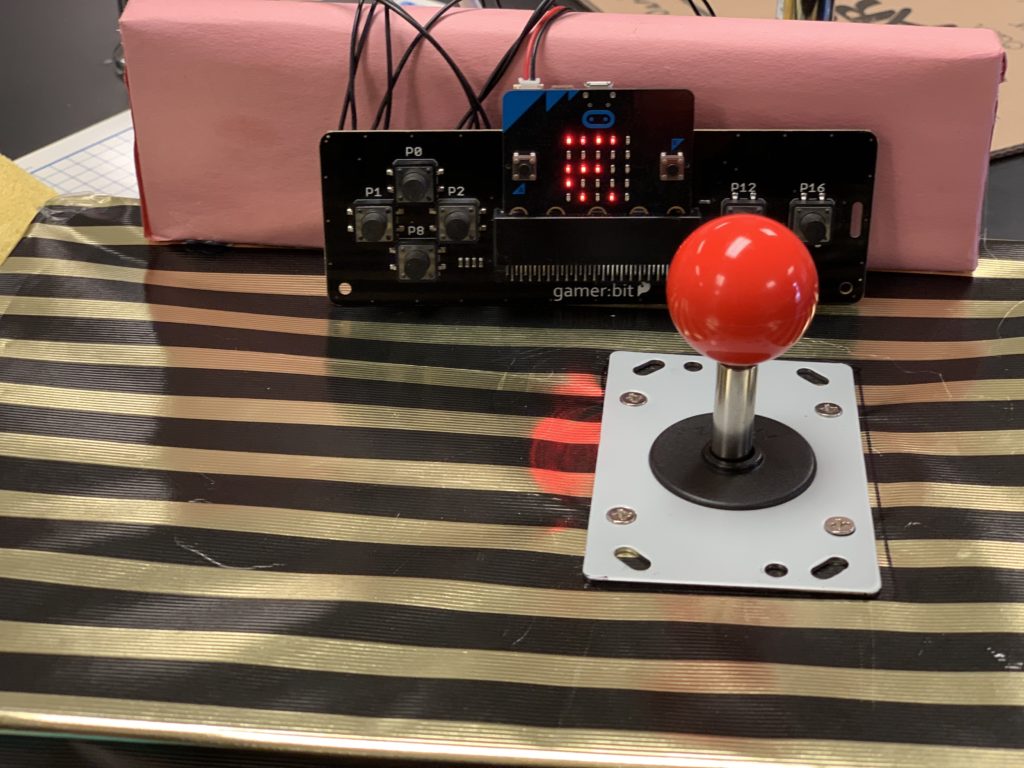
Denise Wright Encourages Student Innovation
“Tynker comes with its own curriculum, the dashboard, the tutorials – It’s a great package that makes teaching more efficient.” -Denise Wright
| Connect |
|---|
Many teachers tend to go above and beyond to give their students the best education possible. But there are some teachers who, within this culture of excellence, still manage to raise the bar. Tynker Blue Ribbon Educator Denise Wright is one of these. A teacher for 22 years, Denise works on the cutting edge of STEM education: She’s created her own drone curriculum, introduced students to CAD, teaches coding languages like Python, and much more. Currently she works as a middle school STEM teacher at Horry County Schools in South Carolina and regularly encourages and empowers her students to innovate. We had the opportunity to speak with Denise about her love of teaching and why she thinks Tynker is an optimal tool for introducing students to coding.

Just last school year, three of Denise’s middle school students entered a project in the school district’s technology fair. Using a micro:bit, a gamer:bit, a shoebox, a joystick, and Python they learned in Tynker, the students created a video game where the player has to catch falling coins while the game keeps score. Denise explained that even though it was a fairly simple game, it still required the students to do a fair amount of coding with Python.

Prior to the fair, the students prepared to speak with the judges about coding concepts, such as if-then statements and loops. The fair usually features 1500 to 2000 projects, with participants ranging from kindergarten through twelfth grade. With that many options for the judges to choose and 45 other projects in their category alone, Denise and her students were shocked when the project won first place! “It was definitely an accomplishment for middle school,” Denise told us, “so I was excited for them.” They’ve already approached Denise about competing this school year!

Both physical computing and creativity are key elements of innovation. That’s why Denise designed a comprehensive curriculum for drones: It teaches students about the technology behind drones, a drone’s components, how to program them with Tynker, and how to design an obstacle course with CAD (computer-aided design) and create the course with orange cones, hula-hoops, and more. “It was a really great unit and my students seemed to love it,” Denise told us. Her students also got creative with Tynker’s Design a Mission Patch Challenge, inspired by NASA’s space mission. This project happens to be Denise’s favorite Tynker project–she loves astronomy and has attended rocket launches! She appreciated “the artistic part of it, students drawing the images on paper and transferring them over to Tynker.”
For Denise, Tynker is one tool that checks all the boxes of what a learn-to-code platform should do for teachers and students: “Tynker comes with its own curriculum, the dashboard, the tutorials. It’s a great package that makes teaching more efficient and definitely helps with the planning process.” Differentiation is key when making any pedagogical choices, and Tynker fits that bill as well: “It also allows you to differentiate more easily than other platforms do. If you have a student who’s more advanced, you can put them into the Python coding, and then you can have other kids working in the block coding.” And the platform’s ability to integrate with other devices seals the deal: “I love the fact that Tynker is becoming more innovative. They’re integrating the hottest things like the micro:bit, the Parrot drones, the Sphero robots. You’re not only working with the coding platform, but you also have the integration of those hot STEM items and robotics.”
Denise has been a Blue Ribbon Educator for two years now and highly recommends that other teachers get involved in the program and learn to code: “Teachers should seek out resources; anyone can learn to code. Then bring that to the classroom. You don’t have to know how to code completely, either. Your students are in that classroom with you and can teach each other and teach you as well.” We want to thank Denise for taking the time to speak with us about her career in teaching STEM–we can’t wait to see what her students will create next!

Read our previous post about Tynker Blue Ribbon Educator Sarah Van Loo, who fuses arts and technology!




